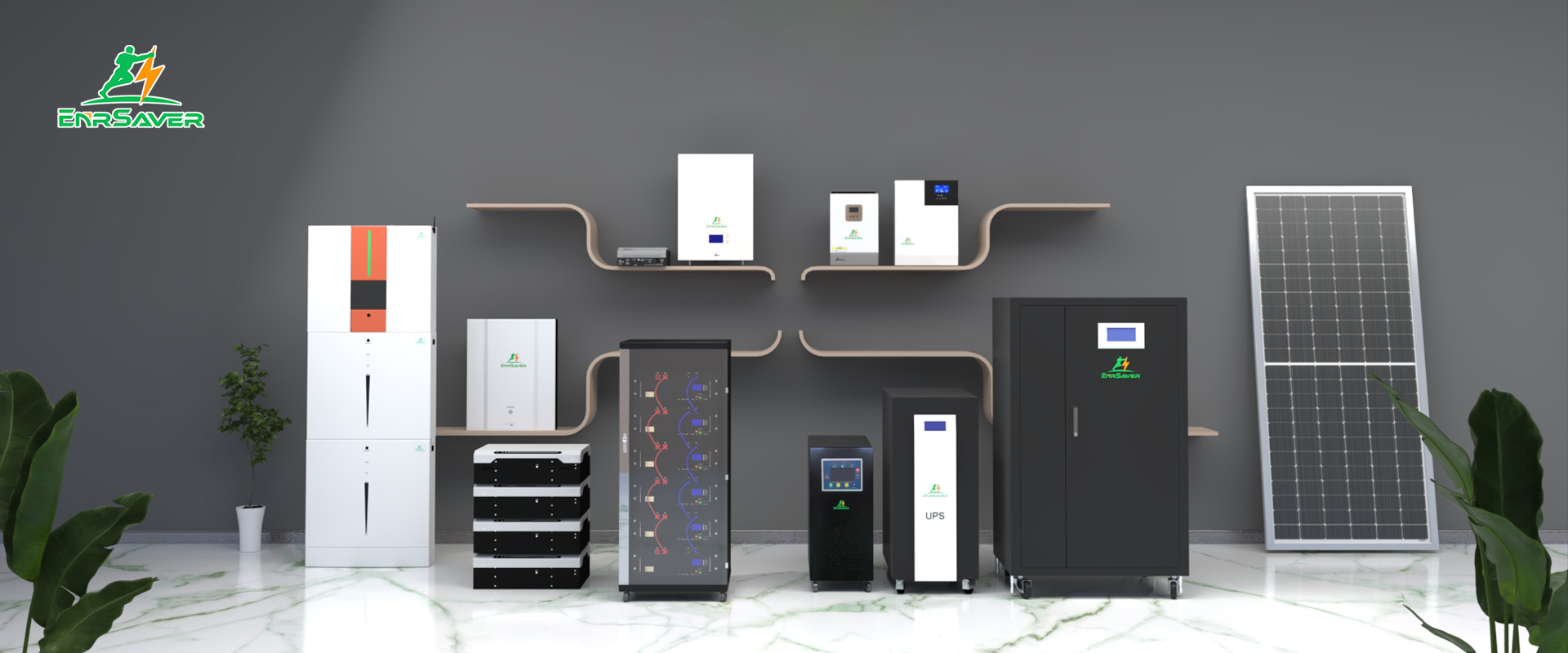How to DIY an Off-Grid Solar System
How to DIY an Off-Grid Solar System
DIY-ing an off-grid solar system can be a rewarding project, but it requires careful planning and knowledge of electrical systems. Here is a general guide to help you get started:
1. Assess your energy needs:
Determine your power requirements by identifying the appliances and devices you plan to run on solar power. Calculate their wattage and daily usage to estimate the size of the system you'll need.
2. Choose solar panels:
Select high-quality solar panels with sufficient capacity to meet your energy needs. Consider factors like efficiency, durability, and warranty when making your choice. Monocrystalline or polycrystalline panels are commonly used for off-grid systems.
3. Design your system:
Decide where to install the solar panels based on factors such as sun exposure, shading, and structural strength. Consider using tilt mounts to optimize the angle for maximum sunlight absorption.
4. Size the battery bank:
Determine the battery capacity required to store excess energy generated by the solar panels. This depends on your daily energy consumption and the number of consecutive days you want the system to work without sunlight. Lead-acid or lithium-ion batteries are popular choices for off-grid setups.
5. Install the charge controller:
Connect the charge controller between the solar panels and battery bank. The controller regulates the flow of electricity, preventing overcharging or deep discharging of the batteries. Ensure compatibility between the controller and battery chemistry.
6. Connect the inverter:
Install an inverter to convert the DC power stored in the battery bank into AC power suitable for household use. Consider the inverter's capacity and waveform (pure sine wave is preferable) based on your expected load.
7. Wiring and safety:
Wire the solar panels, charge controller, batteries, and inverter together using appropriately sized cables. Make sure to follow safety guidelines, including proper grounding, fusing, and circuit protection.
8. Monitor and maintain:
Set up a monitoring system to keep track of your solar production and battery status. Regularly check for any signs of wear or malfunction, and perform routine maintenance as recommended by the manufacturers.
9. Permits and regulations:
Before starting your off-grid solar project, research local regulations, permits, and codes that may apply to ensure compliance with safety standards.
10. Expandability:
Consider designing your system with potential expansion in mind. You might want to add more panels or batteries in the future as your energy needs change.
Remember, working with electricity can be dangerous. If you lack expertise, it's advisable to consult with professionals or take relevant courses before undertaking such a project.
What you may want to know
You can see why the most commonly ask question we get asked here. It's also the most complicated and personal question to answer.
Grab your electric bill, go to our calculator and find the answers for your home.
I hope this was helpful. If so, give us a like a share and check out more of our videos and subscribe to our channel and all the store.
So we can notify you and more videos are available. We've been making renewable doable since 1999.

